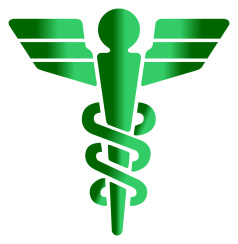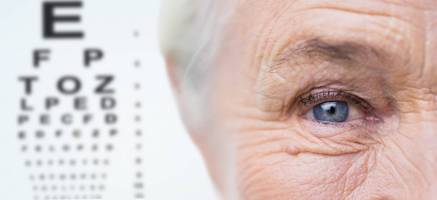
How Your Vision Changes as You Age
As with everything else that changes as we age, our vision also changes. Generally speaking, most healthy adults have stable vision until about the age of 40. At that point, you may begin to notice some changes in your vision. Most of these changes are a normal part of eye ageing and can be easily remedied with help from your local eye doctor.
One such change that can occur is that you may develop a difficulty in reading or performing other close-up tasks. This change in vision generally happens around mid-forties and is called presbyopia. Presbyopia occurs when the lens in our eye loses flexibility and cannot properly focus on objects that are close up or far away. It is completely normal and can easily be corrected by wearing reading glasses, bifocals, or multifocal contact lenses, or by having laser surgery.
Some other normal changes that you may notice are reduced pupil size, dry eyes, loss of peripheral vision, decreased color vision, and vitreous detachment. A reduction in pupil size is caused by the weakening of the muscles that control pupil size. Dry eyes are also a result of aging, as the body produces less tears as we age. Peripheral vision also generally decreases at a rate of one to three degrees per decade of life, meaning that around ages 70-80 you may have a loss of 20-30 degrees of peripheral vision. It is also normal to experience a decrease in color caused by decreased sensitivity in the retina cells responsible for color detection. Finally, the vitreous gel within our eyes becomes thinner and more liquid it consistency, meaning that it will float around our eyes, causing spots and floaters.
There are also some age-related diseases that may cause changes to occur in your vision. Two prominent age-related diseases, diabetes and high blood pressure have been found to negatively affect vision. In the case of diabetes, there is a chance to develop retinopathy, which damages the blood vessels in the retina. This can eventually lead to blindness and diabetes is the leading cause of blindness in adults. High blood pressure can also cause blindness because it damages the eye’s blood vessels and nerves.
Another possible vision change that can occur could be a result of cataracts or glaucoma. Although these ailments can occur at any age, they are most prevalently seen in individuals over the age of 60. Cataracts occur when the lens in the eye becomes clouded and results in clouded or foggy vision. In most cases, cataracts can easily be corrected with surgery that replaces the lens. Glaucoma occurs when excess pressure in the eye causes the nerve to slowly deteriorate. Glaucoma is usually treated with eye drops or surgery to remove the source of pressure.
Age macular degeneration (AMD) is another age-related change that could occur. AMD is most commonly seen in people over the age of 60 and can cause partial vision loss. There are two types of AMD. The first type, wet AMD occurs when leaky blood vessels grow in the eye that are not supposed to be there, and can usually be easily treated with medication. The second type, dry AMD, occurs much more slowly, and is harder to treat.
There are a few things you can do to protect your eyes and maintain stable vision for as long as possible. One of these things is to wear sunglasses that have UV protection and to wear protective eye gear when working with power tools, machinery, or chemicals. Eating a healthy diet can also help to keep your eyes healthy and reduce vision problems. Foods rich in lutein, omega-3 fatty acids, and vitamins C and E are ideal choices for eye health.


